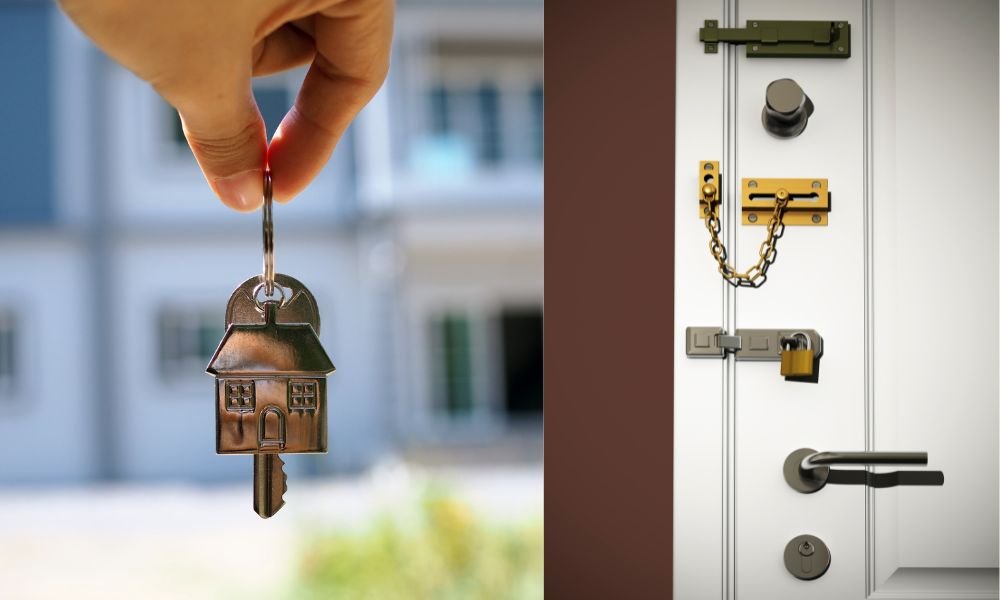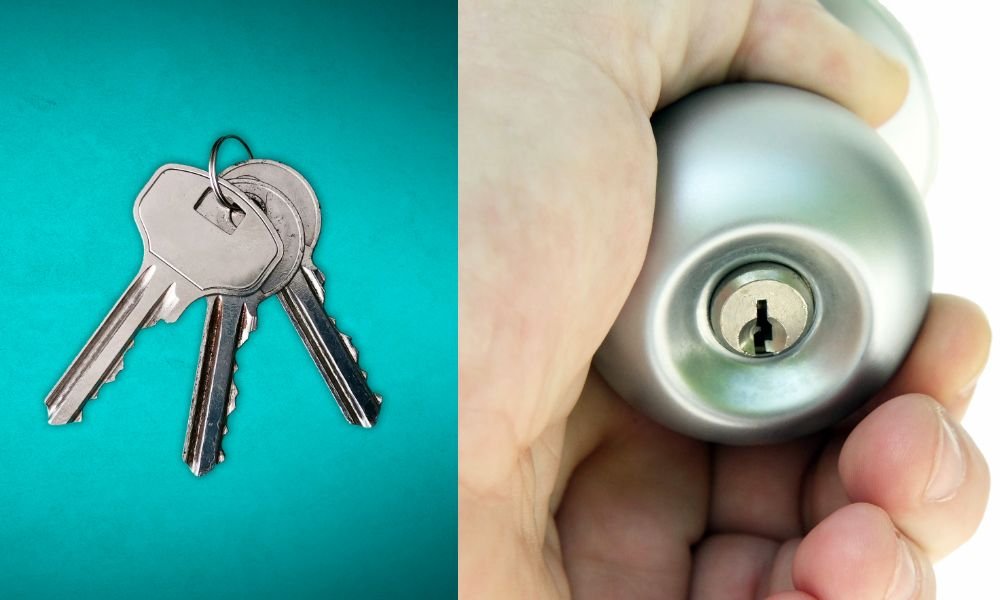Sliding glass doors epitomize modern architecture, seamlessly blending indoor and outdoor spaces while allowing natural light to illuminate interiors. However, situations may arise where you find yourself needing access without a key, or perhaps you’re simply intrigued by the challenge of manipulating a lock. In such moments, having the skill to pick a sliding glass door lock can be invaluable. This comprehensive guide will equip you with the knowledge and techniques necessary to navigate the intricate world of how to pick a sliding glass door lock.
Deciphering the Mechanism
Before delving into the art of lock picking, it’s essential to grasp the inner workings of these locks. Typically, sliding glass doors employ a latch system that engages when the door is shut. By manipulating the mechanism, the latch can be disengaged, allowing the door to slide open.
Essential Tools of the Trade

To embark on your journey of lock picking, ensure you have the following tools at your disposal:
- Flathead Screwdriver: Ideal for applying pressure and manipulating components.
- Lock Pick Set: A standard kit comprising various picks and a tension wrench.
- Paperclip or Hairpin: Can serve as improvised lock picks in a pinch.
- Lubricant: Facilitates smoother movement within the security device.
A Step-by-Step Odyssey
1. Identify the Lock Type
Begin by discerning the type of device adorning your sliding glass door. Common variants include:
- Mortise Type: Inset into the door frame.
- Surface-Mounted Type: Affixed to the door surface.
- Keyed Type: Requires a key for operation.
Understanding the type aids in selecting the appropriate tools and techniques.
2. Prepare Your Arsenal
Ensure your tools are primed for action. If utilizing a paperclip or hairpin, straighten and bend it to your desired configuration.
3. Apply Lubrication
Administer a modest spritz of lubricant into the keyhole. This preliminary step eases the manipulation of internal components.
4. Insert the Tension Wrench
Introduce the tension wrench into the lower portion of the keyhole. Apply gentle pressure in the direction you’d turn the key, maintaining consistent tension throughout the process.
5. Engage the Lock Pick
Insert the lock pick above the tension wrench. Delicately elevate the pins within the device, starting from the rear and progressing towards the front. Each pin should audibly click into place.
6. Turn the Tension Wrench
Upon successfully setting all pins, rotate the tension wrench. If executed flawlessly, the device should disengage, permitting effortless sliding of the door.
Exploring Alternative Avenues
If traditional lock picking proves elusive, consider these alternative approaches:
Bypass Technique
Certain sliding glass doors can be bypassed sans lock manipulation. Employ a flathead screwdriver to elevate the door off its track, exercising caution to avoid inadvertent damage.
Credit Card Method
In select scenarios, a plastic card can be wielded to push back the latch. Insert the card between the door and frame, then manipulate it to disengage the latch.
Lock Bumping
This technique entails employing a specialized bump key tailored to your security device. By tapping the bump key with a mallet, pins within the lock can be temporarily aligned, facilitating entry.
Precautions and Considerations
Legal Ramifications
It bears emphasizing that picking a security device without authorization is unlawful and subject to legal consequences. Exercise prudence and ascertain rightful access before proceeding.
Potential Damage Mitigation
Erroneous techniques or excessive force may inflict damage upon the device mechanism or door. Proceed with caution, and enlist professional assistance if uncertainty looms.
Professional Consultation
In instances of insurmountable impasse or apprehensions regarding potential harm, summoning the services of a locksmith is advisable. Seasoned professionals possess the requisite tools and expertise to navigate such scenarios without incurring collateral damage.
Fortifying Security Measures
The pursuit of lock-picking prowess underscores the imperative of fortifying home security. Here are actionable measures to enhance the security of your sliding glass doors:
Implement Secondary Locks
Augment security by installing supplementary locks, such as security bars or pin locks, furnishing an additional stratum of defense.
Utilize Security Film
Shield against intruders by applying a security film to the glass, rendering it more resistant to breaches.
Embrace Smart Lock Technology
Embrace the technological frontier with smart locks, which furnish advanced security features and remote accessibility.
Employ an Alarm System
Deploy an alarm system as a deterrent against unauthorized access, whilst affording you timely notification of potential breaches.
Conclusion: Mastery Achieved

Picking a sliding glass door lock epitomizes the convergence of skill, knowledge, and finesse. By assimilating the insights proffered within this guide, you’re empowered to confront lock-related predicaments with confidence and dexterity. However, bear in mind the legal strictures and potential ramifications that accompany such endeavors. Should uncertainty loom or obstacles prove insurmountable, defer to the expertise of seasoned professionals.
Beyond the realm of lock-picking lies a broader imperative: safeguarding your sanctuary against external threats. Through the implementation of robust security measures, you forge an impregnable bastion wherein tranquility and safety reign supreme. Thus fortified, your home stands as an exemplar of security and resilience in an uncertain world.



